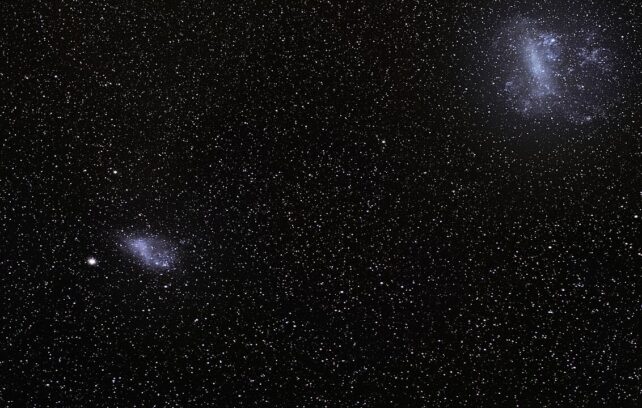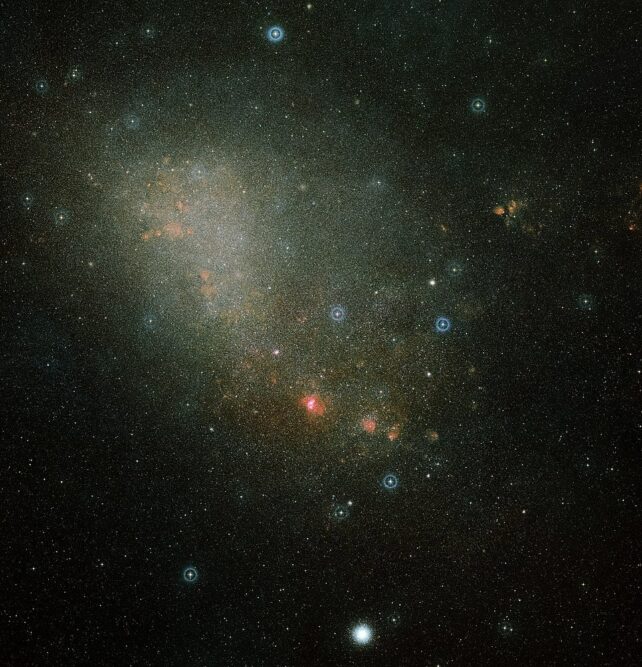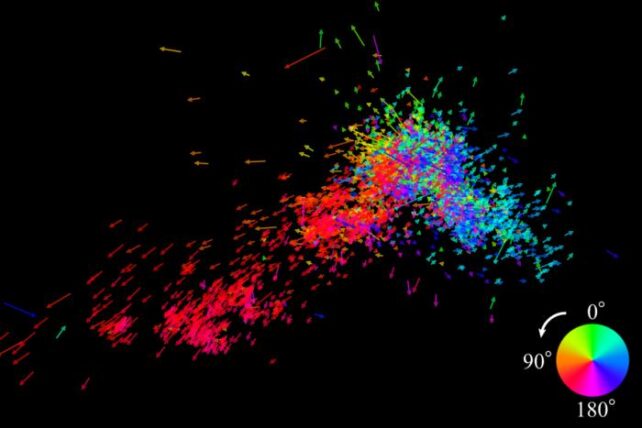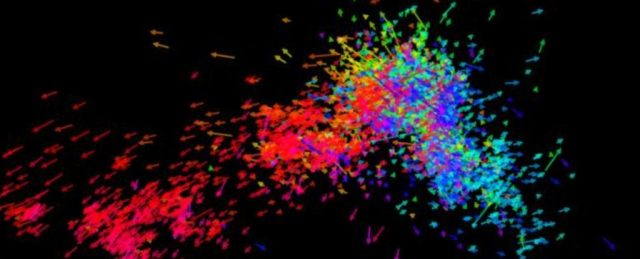A team of researchers at Nagoya University has discovered evidence that the Small Magellanic Cloud is potentially being torn apart by gravitational forces from its larger companion.
The Magellanic Clouds are two irregular dwarf galaxies visible from the Southern Hemisphere that orbit our own Milky Way galaxy.
Named after the explorer Ferdinand Magellan, who documented them during his voyage in the 16th century, they consist of the Large Magellanic Cloud (LMC) and the Small Magellanic Cloud (SMC).
Located approximately 160,000 and 200,000 light-years away, respectively, these satellite galaxies are rich in gas and young stars.
The Magellanic Clouds are connected by a stream of gas called the Magellanic Bridge and are slowly being torn apart by tidal forces from our galaxy, with the material forming the trailing Magellanic Stream that extends across much of our southern sky.

Led by Satoya Nakano and Kengo Tachihara, the team identified unexpected patterns in the movement of massive stars within the SMC, revealing dynamics that could significantly alter our understanding of how galaxies interact and evolve.
The findings, published in The Astrophysical Journal Supplement Series, initially seemed so surprising that the team questioned their analytical methods, but further investigation confirmed the validity of their results.
frameborder=”0″ allow=”accelerometer; autoplay; clipboard-write; encrypted-media; gyroscope; picture-in-picture; web-share” referrerpolicy=”strict-origin-when-cross-origin” allowfullscreen>
The team was able to track and study about 7,000 massive stars within the SM. These stars (each over eight times our Sun’s mass and markers for hydrogen-rich regions) were observed moving in opposite directions across the galaxy.
Some approach the nearby LMC while others recede from it, indicating the SMC is being gravitationally pulled apart by its larger companion. This discovery provides compelling evidence of an ongoing galactic disruption that may eventually lead to the SMC’s destruction.

Another key discovery from the research was the unexpected lack of rotational movement among the SMC’s massive stars, contrasting with galaxies like our Milky Way, where stars and gas rotate together.
Typically, young massive stars move in tandem with their birth gas clouds before decoupling, but the SMC’s stars show no rotational pattern, suggesting the gas itself isn’t rotating!
Nakano noted this may necessitate revising calculations of the SMC’s mass and its interactions with the LMC and the Milky Way, potentially transforming our understanding of the complex three-body gravitational relationship among these galaxies.

The study offers valuable insights into how galaxies interact and evolve, especially in the early epochs of the Universe. The SMC, with its similarities to primordial galaxies, serves as a key for understanding galaxy formation.
Observing stellar motion in the SMC and LMC helps researchers connect star formation with galactic dynamics, potentially reshaping our understanding of the Cosmos.
This article was originally published by Universe Today. Read the original article.










